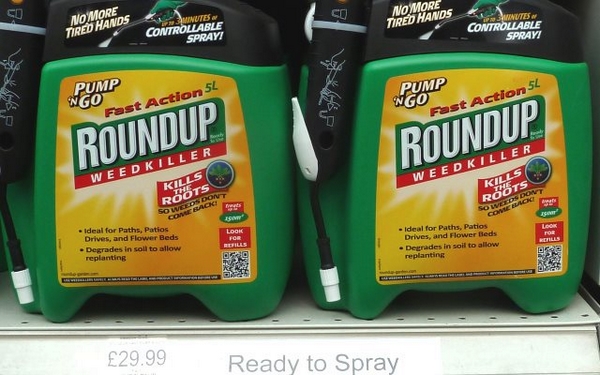“It is all connected” 2/21 – Agriculture
Eight days ago I published the first newsletter in a series under the heading “It is all connected” with reference to the COP 21 climate conference in Paris. Two days later I received a press release from the FAO, the United Nations Food and Agriculture Organisation, recommending that the problems of hunger and climate change be dealt with jointly. In his communication the Secretary General of the FAO, Graziano Da Silva, notes that a number of problems – climate change, shortage of water, energy, world health, the autonomy of women, food security – are all closely interrelated. He could have added to the list: food, hunger, poverty, migration and agriculture.
However, the full extent of the question is: Is agriculture part of the problem or of the solution?
Indeed, everything is connected! But it is important to distinguish the various partts and see how they interact.
An excellent report from the NGO GRAIN may be helpful. It clearly states the role of agriculture:
The food/climate equation has its deep roots in the soil. The development of non sustainable farming techniques of the past century have led to the destruction of 30 to 75% of organic matter in arable land and 50% in grazing land. This massive loss of organic matter accounts for 25 to 40 % of the present CO2 excess in the atmosphere (Via Campesina).
Hence,the industrial, chemical agriculture, the “green revolution”, is clearly part of the problem..
But the good news is that the CO2 that we have sent out into the atmosphere can be captured in the soil, simply by returning to the small scale practices that peasant farmers have been following for generations. If appropriate incentive policies were adopted around the world, organic soil content could be restored to levels of preindustrial farming in 50 years, that is to say in roughly the same number of years it has taken to reduce them to the current state. It would thereby be possible to eliminate 24 to 30 % of total greenhouse gases in the world. (Quote from a Via Campesina article “Food sovereignty: 5 steps to cool the planet and feed its population” ).
So the good news is that agriculture can be part of the solution !
It is up to us to make the choice! That is exactly the point made by Hans Herren in an interview published in Défis Sud of SOS Faim n° 126: ».
“Since agriculture accounts for nearly half of greenhouse gas emissions, why not use this as a solution to the problem? The amount of carbon in the air could indeed be reintegrated in the soil. Not only could such a regenerative organic agriculture restore soil fertility, slow down climate change by absorbing agricultural emissions, but it could also take up even one and a half the amount of other emissions. Increasing carbon levels of the soil will improve water retention, fertility and temperature regulation.”
Why is this logic, scientifically validated several times, not seen as a number one priority? Why does it stand little chance of being recognised by the COP 21? The question could be addressed to the heads of the Monsanto company.
In 2015 nearly 650 000 tons of glyphosate based products were used in the world. It made it possible to sow 15 million hectares of land with Ready Roundup (a glyphosate and roundup herbicide resistant crop). Its use is steadily increasing. An industry analyst foresees that the total use of glyphosate in the world could double by 2017. Who could believe that this would not destroy our planet, our common home?
I do not for one moment doubt that Monsanto has dispatched, directly or indirectly, more experts to the COP 21 meeting in Paris than Mali, Burkina Faso and Niger together.
To conclude, a quote from Philippe Baret of SOS Faim n° 126:
« “Industrial agriculture carries a large responsibility for the current climate disorders… In this new context peasant farming has regained all its relevance. It has forever integrated the principle of resilience to cope with disruption.. Peasant farming, which constitutes the majority of agriculture in the South, is seen as the prime victim of climate change. Its victim status should, however, not overshadow its potential for technical, social and organisational innovation that would enable us to respond to the challenge of our century. To support peasant farming is to invest in realistic and coherent solutions for the climate and for the equilibrium of the planet. »
The time has come to choose and to be consistent when talking about the need to invest in agriculture. This will be the subject of our next newsletter.
Koudougou December 5, 2015
Maurice Oudet
Director, SEDELAN
We also invite you to visit our new websitewww.koudougou-la-belle.org
and in particularthe first issue “Latest news from Koudougou la Belle" i.e. on the water cuts that the town has been subject to recently.
Do not hesitate to subscribe in orderto receive the Latest news regularly !












